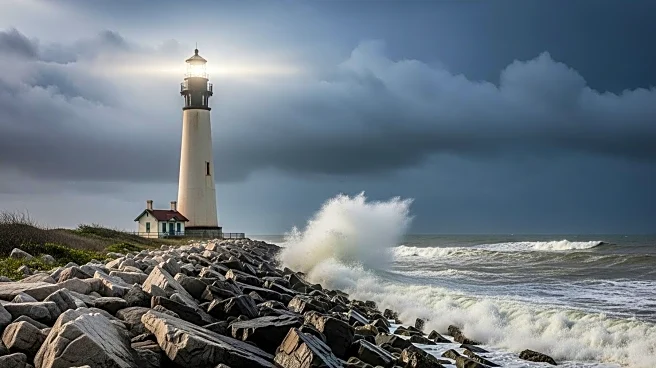What is the story about?
What's Happening?
In Plaquemines Parish, Louisiana, a mysterious rose known as the Peggy Martin rose survived the devastating impact of Hurricane Katrina in 2005. The rose, which was part of Peggy Martin's garden, was the only plant among 450 antique roses to withstand the storm's destruction. The rose's origin remains uncertain, with speculation that it dates back to the 1800s and possibly originated in Europe. Its survival has been attributed to its tough genetic stock, according to horticulturists. The rose has since become a symbol of hope and resilience, gaining popularity and being propagated for sale to support restoration efforts.
Why It's Important?
The survival of the Peggy Martin rose highlights the resilience of nature and serves as a metaphor for the strength of communities affected by natural disasters. Its story has inspired gardeners and rose enthusiasts across the country, leading to increased interest in heirloom plants and their preservation. The rose's popularity has also contributed to fundraising efforts for restoration projects in areas impacted by Hurricane Katrina, showcasing the potential for botanical symbols to drive community support and engagement.
What's Next?
The Peggy Martin rose continues to be propagated and sold, with proceeds supporting restoration funds. Its story is shared in garden books and children's literature, further cementing its status as a symbol of resilience. As interest in heirloom plants grows, the rose may inspire further research into its origins and genetic makeup, potentially leading to new insights into plant survival mechanisms.
Beyond the Headlines
The rose's survival raises questions about the genetic traits that enable certain plants to withstand extreme conditions. It also highlights the cultural significance of heirloom plants and their role in preserving historical and botanical heritage. The story of the Peggy Martin rose underscores the importance of community and individual efforts in disaster recovery and environmental conservation.
AI Generated Content
Do you find this article useful?












